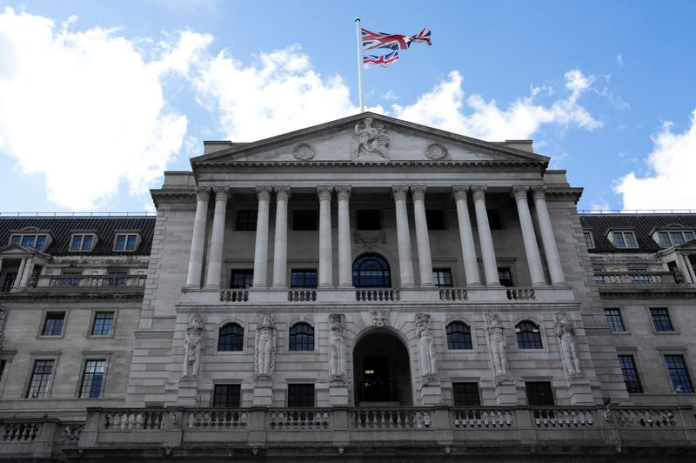The Bank of England (BoE) faces heightened scrutiny over its quantitative tightening (QT) strategy as it prepares to potentially slow the pace of its £558 billion government bond portfolio reduction, according to Reuters.
With a quarter-point interest rate cut to 4% anticipated on 7 August, policymakers will evaluate the impact of the past year’s QT before determining gilt sales targets for the coming year. The decision unfolds against a backdrop of market turbulence, liquidity transitions, and political pressure over losses incurred from bond disposals.
The BoE’s QT programme, uniquely combining bond auctions with maturing holdings, reduced its balance sheet by £100 billion over the past year (£13 billion sold, £87 billion matured).
Maintaining this pace would require record £51 billion in sales next year due to dwindling redemptions, a prospect RBC strategist Peter Schaffrik warns markets would “take quite negatively.”
This caution follows April’s disruption when 30-year gilt yields surged to 1998 highs, forcing the BoE to postpone an auction amid global volatility triggered by US tariff policies.
Compounding these pressures is the financial system’s approach to a pivotal liquidity threshold. Bank reserves currently stand at £680 billion, significantly above bankers’ estimated minimum operational range of £385–540 billion.
Market expectations, per a May BoE survey, anticipate QT slowing to £75 billion annually from September, tapering to £50 billion by 2026–27 before sales cease around 2028. Yet the BoE remains notably silent on its long-term vision for the gilt portfolio.
